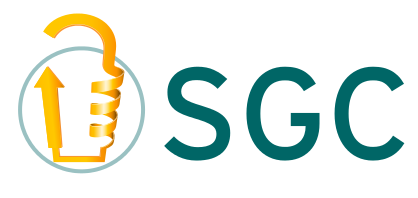 |
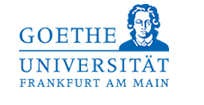 |
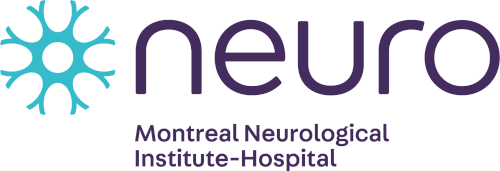 |
 |
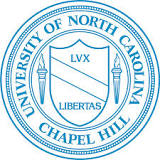 |
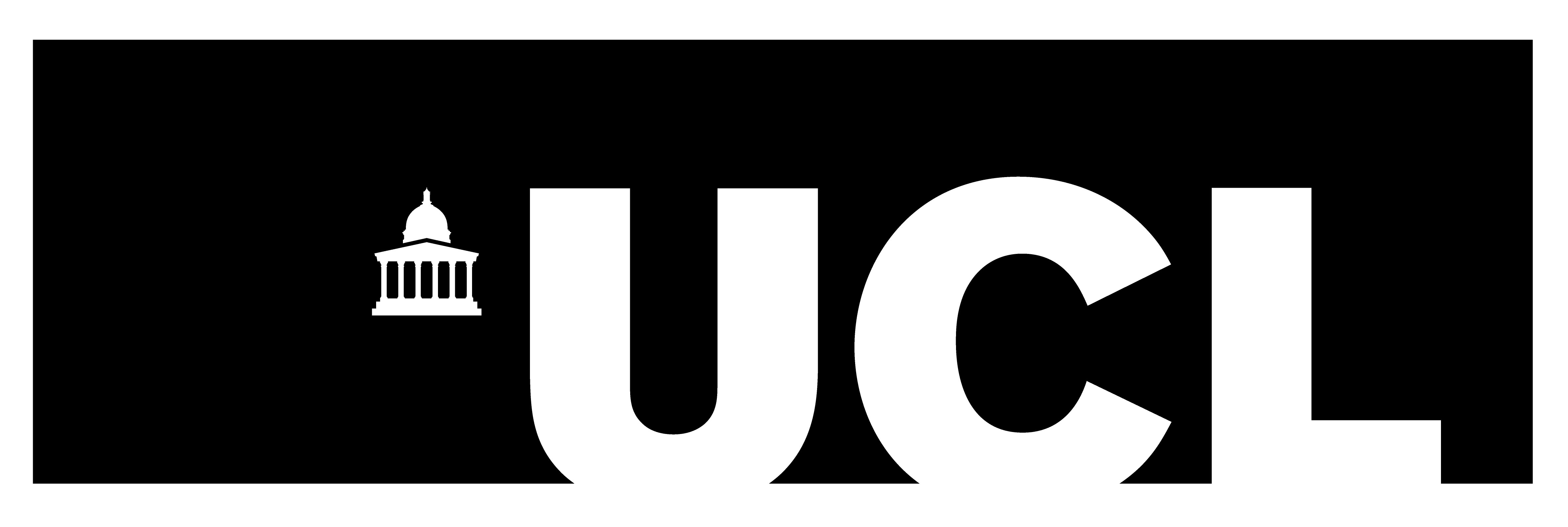 |

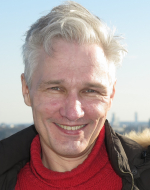
Principal Investigator
Andreas C. Joerger obtained his doctoral degree from the University of Freiburg, Germany in 2000 for elucidating the reaction mechanism and structural basis of substrate specificity of a zinc-dependent aldolase. He then assumed a postdoc position in the group of Prof. Sir Alan Fersht at the Medical Research Council (MRC) Centre for Protein Engineering in Cambridge, United Kingdom, initially working on protein design. He stayed on as a senior scientist in structural biology until 2010, before moving to the MRC Laboratory of Molecular Biology in Cambridge (2010-2015). During his long spell at the MRC, he made key contributions towards unraveling the complex structural biology of the tumor suppressor p53 and related proteins. He determined the first crystal structures of p53 cancer mutants, which led to the Y220C mutant being used as a paradigm for the development of mutant p53 rescue drugs based on protein stabilization. In 2016, Dr. Joerger joined the group of Prof. Stefan Knapp at the Institute of Pharmaceutical Chemistry at Goethe University, Frankfurt am Main. He is currently a German Research Foundation (DFG)-funded project leader on targeting the p53 mutome for cancer therapy; and co-investigator on a grant from Worldwide Cancer Research for the development of Y220C mutant stabilizers. His other research interests include the evolutionary history of the p53 pathway, epigenetic targets and general principles of molecular interactions.
Curr Res Struct Biol. 2021 3:41-50. doi: 10.1016/j.crstbi.2021.01.001
PMID: 34235485
J Med Chem. 2021 . doi: 10.1021/acs.jmedchem.0c02144
PMID: 34086472
Oncogene. 2021 . doi: 10.1038/s41388-021-01781-x
PMID: 33941852
Int J Mol Sci. 2021 22(7):. doi: 10.3390/ijms22073410
PMID: 33810274
2024
J Med Chem. 29.02.2024 . doi: 10.1021/acs.jmedchem.3c02217
PMID: 38422480
bioRxiv. 18.02.2024 . doi: 10.1101/2024.02.18.580805
PMID: 38405908
ACS Chem Biol. 31.01.2024 . doi: 10.1021/acschembio.3c00427
PMID: 38291964
2023
J Med Chem. 21.12.2023 . doi: 10.1021/acs.jmedchem.3c01980
PMID: 38126712
Crit Rev Toxicol. 21.11.2023 1-44. doi: 10.1080/10408444.2023.2264327
PMID: 38050998
Bioconjug Chem. 01.09.2023 . doi: 10.1021/acs.bioconjchem.3c00322
PMID: 37657082
Open Biol. 31.05.2023 13(5):230031. doi: 10.1098/rsob.230031
PMID: 37253421
Eur J Med Chem. 07.04.2023 254:115347. doi: 10.1016/j.ejmech.2023.115347
PMID: 37094449
2022
J Med Chem. 29.12.2022 . doi: 10.1021/acs.jmedchem.2c01803
PMID: 36580549
ACS Pharmacol Transl Sci. 11.11.2022 5(11):1169-1180. doi: 10.1021/acsptsci.2c00164
PMID: 36407959
Cell Death Dis. 07.03.2022 13(3):214. doi: 10.1038/s41419-022-04653-8
PMID: 35256607
2021
J Med Chem. 10.09.2021 . doi: 10.1021/acs.jmedchem.1c00868
PMID: 34506142
Curr Res Struct Biol. 09.07.2021 3:41-50. doi: 10.1016/j.crstbi.2021.01.001
PMID: 34235485
J Med Chem. 04.06.2021 . doi: 10.1021/acs.jmedchem.0c02144
PMID: 34086472
Oncogene. 03.05.2021 . doi: 10.1038/s41388-021-01781-x
PMID: 33941852
Int J Mol Sci. 26.03.2021 22(7):. doi: 10.3390/ijms22073410
PMID: 33810274
2020
Cell Death Differ. 02.12.2020 28(5):1477-1492. doi: 10.1038/s41418-020-00672-0
PMID: 33257846
J Med Chem. 10.12.2020 63(23):14680-14699. doi: 10.1021/acs.jmedchem.0c01242
PMID: 33216538
Eur J Med Chem. 20.08.2020 208:112721. doi: 10.1016/j.ejmech.2020.112721
PMID: 33035818
Int. J. Cancer. 29.06.2020 . doi: 10.1002/ijc.33137
PMID: 32599645
ACS Chem Biol. 20.03.2020 15(3):657-668. doi: 10.1021/acschembio.9b00748
PMID: 31990523
2019
Future Med Chem. 22.10.2019 11(19):2491-2504. doi: 10.4155/fmc-2019-0181
PMID: 31633398
Eur J Med Chem. 26.01.2019 166:304-317. doi: 10.1016/j.ejmech.2019.01.052
PMID: 30731399
